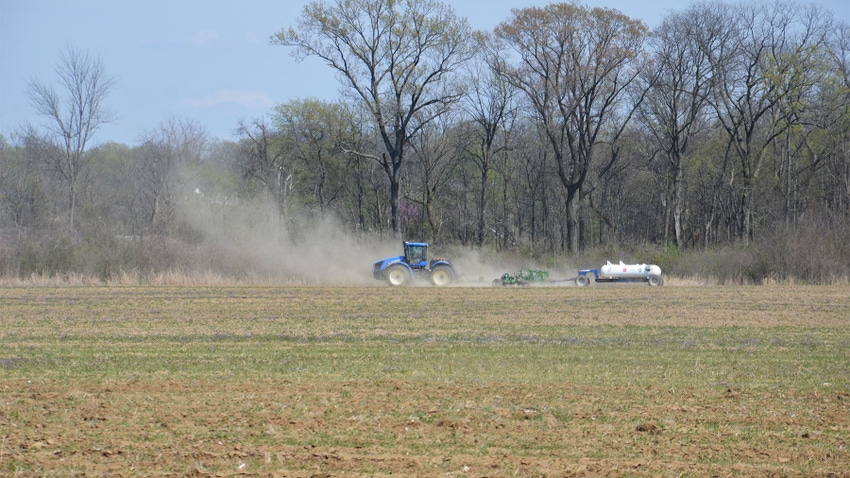
The wrong weather forecast slipped into the file for this story. As it turns out, it was for 2023, issued one year ago. However, it seemed appropriate because it read “warm, wet spring ahead.” That is very much in line with the actual up-to-date forecast for spring ’24 in Indiana.
If you recall, however, only half of that ’23 forecast proved accurate. It was warmer than average, but drier than normal — especially in May and June. Will this year’s forecast be 100% right? Only 50% again? Or somewhere in between? Time will tell.
“Right now, it sounds like a broken record, but for the three months of March, April and May, it’s likely to be warmer and wetter than climatological average conditions,” says Beth Hall, Indiana state climatologist and director of the Midwestern Regional Climate Center based at Purdue University. “The signal for warmer-than-normal temperatures is stronger in northern Indiana than southern Indiana. For precipitation, it’s reversed, with a stronger signal in southern Indiana.”
Beyond the forecast
Three years of La Niña conditions gave way to an El Niño in the second half of 2023. An El Niño event refers to positive barometric pressure and warming sea surface temperatures in the far Pacific Ocean, while a La Niña develops with negative barometric pressure and below-normal sea surface temperatures. These changes in pressure can influence airflow patterns aloft and affect global weather patterns.
Hans Schmitz, a Purdue Extension specialist who studies weather, indicates the El Niño will apparently be short-lived. It could wrap up during the spring season, leading into a neutral El Niño-Southern Oscillation pattern during the summer.
“The trend is going in that direction,” Hall explains. “Pressures were still positive through the winter, but when new reports are issued each month, the pressure is lower than the month before.”
By late fall, climatologists expect a La Niña event could develop again, perhaps in time to deliver another La Niña winter in the eastern Corn Belt. La Niña winters, at least recently, have been mild during the first half, with more likelihood of snow in the second half.
“We are seeing enough influence from global warming and climate change that it appears to be overriding the impact of events like El Niño,” Hall says. “The impact of a La Niña event may not be the same as it was 10 or 20 years ago. The overall trend appears to be toward a warming pattern across the U.S.”
Freezing nights
Despite the warming pattern and an expected warmer-than-normal spring, that doesn’t mean you can rule out nights with temperatures cold enough to nip fruit blossoms or even crop seedlings yet this spring. You can access a freeze-risk tool at the MRCC website.
“You can select your location and see what the odds are for a late freeze on a given date based on historical information going back 30 years,” Hall says. “But as you get deeper into spring and you are worried about whether it is going to nip crops in a day or two, you are really down to watching local forecasts, not relying on climatological data.”
Read more about:
WeatherAbout the Author(s)
You May Also Like




